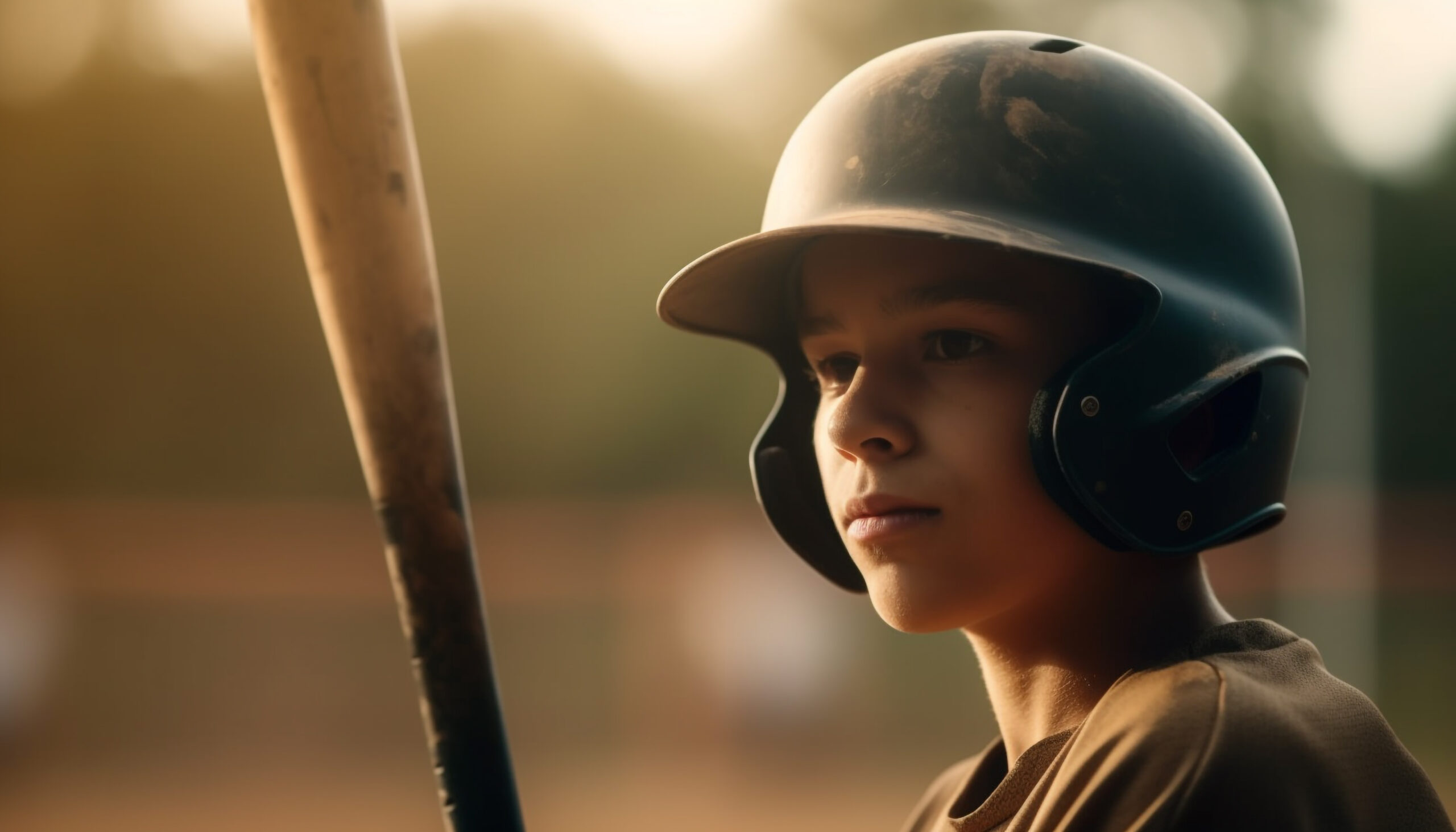One of the most common questions parents have in youth travel baseball is about playing time. Understanding how it works helps manage expectations and ensures a more positive experience for everyone involved.
Unlike recreational leagues, travel baseball doesn’t typically guarantee equal playing time. Instead, most teams use a performance-based model that takes into account skill level, effort, game situations, and sometimes even practice attendance.
That said, many good programs still prioritize development, especially in younger age groups. Coaches may rotate positions and spread out opportunities during pool play games or less competitive events. The goal is to build skills and keep players engaged while also preparing to compete.
Tournament play, especially in bracket games, often brings out a more strategic approach. Coaches may stick with stronger defensive lineups or hot bats to try and win. While this can be tough for parents to watch, it’s a common and expected part of the travel experience.
It’s important to know the team’s philosophy before you commit. Ask the coach directly: Is playing time earned or shared? Do all players bat? How do you handle rotations and positions? Transparency upfront avoids misunderstandings later.
Practice performance often influences game-time decisions. Players who give effort, show improvement, and display good attitudes tend to earn more time. Reinforce this with your child. It helps them understand that hard work matters.
Also, remember that playing time can fluctuate. Slumps, injuries, matchups, and tournament importance all affect who plays when. One weekend might be light; the next, your child is in every inning.
If concerns arise, encourage your child to talk to the coach directly. This builds accountability and maturity. If necessary, schedule a respectful conversation with the coach to gain clarity—away from the field and never during a game.
Ultimately, travel ball is about growth. Even when they’re not on the field, players can learn by watching, cheering, and staying engaged. With open communication and realistic expectations, playing time becomes part of the journey—not the whole story.

